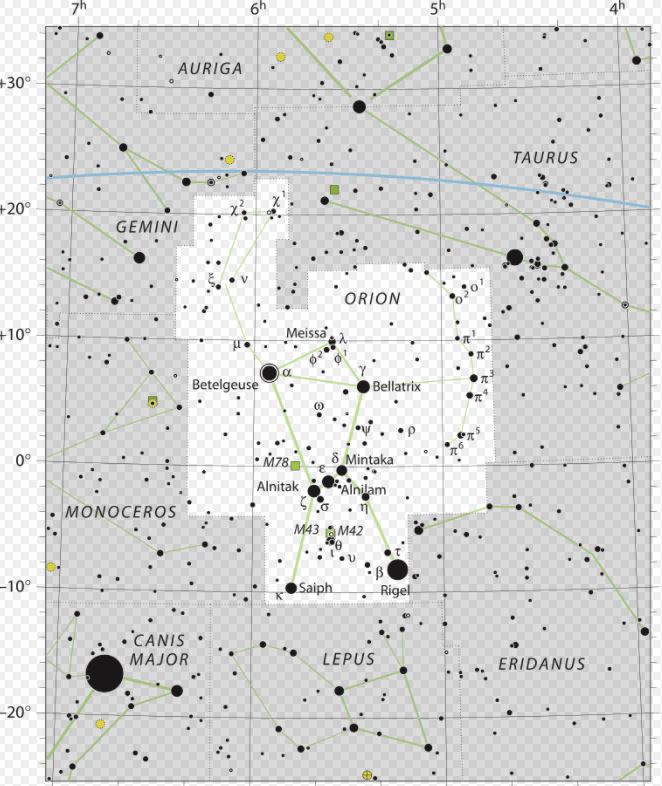| ACQUISITION | PARAMETRES ACQUISITION | |||||
| Objet | Filtres | Bin | Temps Pose | Nombres Poses | Temps Total | |
| Nom | Barnard 33 | Luminance | 1 x 1 | |||
| Constellation | Orion | Rouge G75 O15 | 1 x 1 | 150” | 73 | 3.2 H |
| Distance | 1500 AL | Vert G75 O15 | 1 x 1 | 120” | 92 | 3.4 H |
| Détail prise de vue | Bleu G75 O15 | 1 x 1 | 120” | 94 | 3.6 H | |
| Lieu | Ameiria Portugal | S2 G200 O60 | 1 x 1 | |||
| Date acquisition | 30/12/20 au 15/03/21 | Hα G200 O60 | 1 x 1 | 180” | 201 | 10.3 H |
| Setup | O3 G200 O60 | 1 x 1 | ||||
| Instrument | FSQ 106 | Totaux | 459 | 19.15H | ||
| Diamètre | 106 mm | Bias | 1 x 1 | 99 | ||
| Focale | 530 mm | Dark | 1 x 1 | 51 | ||
| Rapport F/D | 5 | Flat | 1 x 1 | 11 | ||
| Monture | EQ6 Pro Skywatcher | Acquisition faite par | Team ARO | |||
| Caméra acquisition | ZWO Asi 1600 MM | Traitement fait par | Team ARO | |||
| Caméra de guidage | Lodestar X2 | Logiciels utilisés | ||||
| Montage de guidage | DO Starlight X press | Acquisition | TheSkyX , Focusmax, Maxpilote | |||
| Echantillonage | 1,48 arcs | Traitement | Pixinsight, Photoshop | |||
COMMENTS BY THE AUTHORS:
This image of NGC 2024 is a crop of our Barnard 33 image.
The image is rich in detail and a bit surreal so we couldn’t resist this crop. The image still has enough richness, however.
COMMENTS ON THE PHOTO:
The Flame Nebula extends over about 12 light years. Alnitak (Zeta Orionis), the easternmost bright star in Orion’s belt, energises the nebula. The intense ultraviolet radiation from this blue supergiant ionises the hydrogen atoms in the nebula. The ions thus created emit a red glow when they capture a free electron.
Gas and especially dust in front of NGC 2024 absorb the light from the nebula and form the dark ribbon seen in the visible light images.
